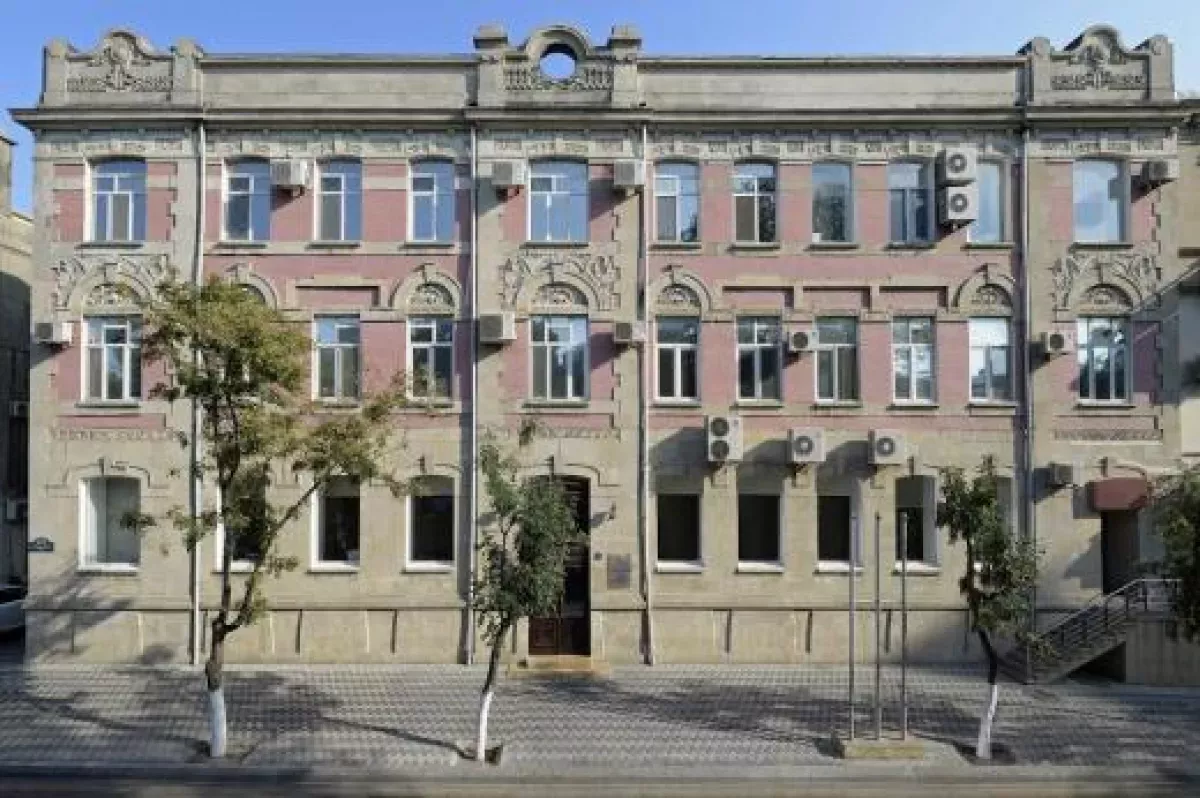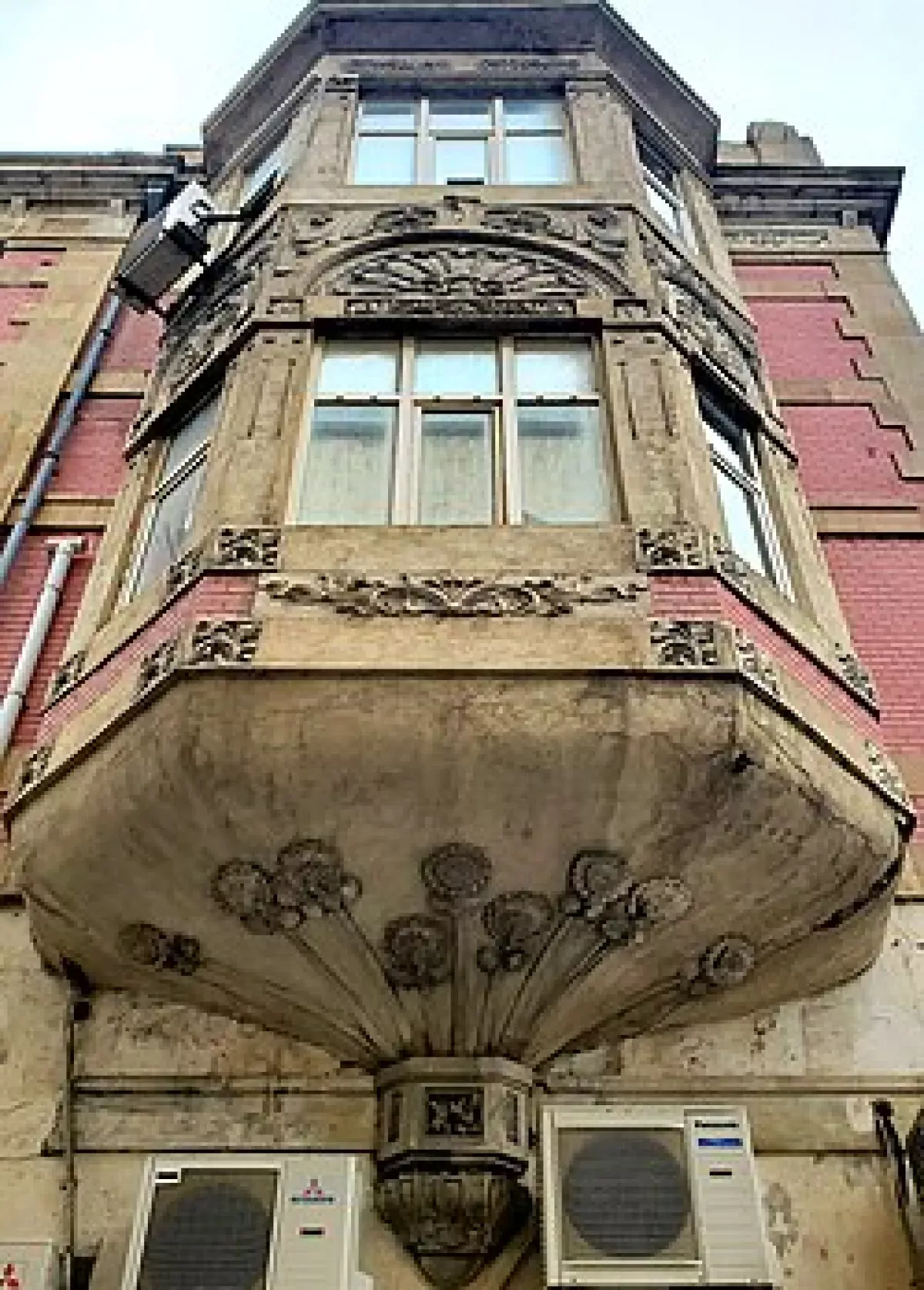Historic and technological heritage: Telephone exchange in the heart of Baku Journey Through History on Caliber.Az
The early 20th century marked not only an oil boom but also a dramatic transformation of urban landscape in Azerbaijan’s capital Baku, turning the city into one of the region’s most vibrant architectural hubs.
Wealthy entrepreneurs, inspired by European styles, commissioned renowned architects to design opulent mansions, grand apartment buildings, and lavish palaces—reshaping Baku into a showcase of elegance and innovation. Most of these buildings still adorn Baku today with their graceful facades, ornate balconies, and intricate stucco work, preserving the charm of a bygone era.
Public buildings—such as schools, hospitals, cultural clubs, and charitable institutions—hold a special place in this architectural legacy. Funded by oil magnates, these structures were designed not only to impress with their appearance but also to embody a spirit of public service and social responsibility. At 48 Uzeyir Hajibayov Street—where every building bears the imprint of time—stands one of the most elegant architectural landmarks of the early 20th century: the former Baku City Telephone Exchange.

The three-story building was constructed in 1912. The street on which it stands was originally known as Birzhevaya, later renamed Mir, and since 1949 has borne the name of great composer Uzeyir Hajibayov—becoming an integral part of the cultural memory of the capital.
The building was designed by Nikolai Marchenko—a talented architect and graduate of the St. Petersburg Institute of Civil Engineering. Since 1900, he had served as the provincial architect of the Baku Governorate. For this project, he chose the Art Nouveau style—refined and elegant, perfectly reflecting the dynamism and ambition of early 20th-century Baku. In Marchenko’s design, Art Nouveau reveals its full sophistication: flowing lines, harmonious proportions, and decorative elements on the façade give the building a sense of lightness and rhythm.

The façade stands out for its distinctive compositional structure. Its artistic value is elevated by the meticulous craftsmanship of the materials—finely dressed stone and glazed brick in deep, rich shades of red. This striking combination gives the building a bold and dignified appearance.
The building draws attention with its arched window openings, adorned with intricate stone carvings. The upper portion of the façade is crowned with an ornate cornice, featuring delicate ornamentation that highlights its Art Nouveau character. A particularly striking element of the composition is the corner bay window with a grand, semi-oval balcony—one of the most visually impressive features of the entire structure.

This building became one of the first telecommunications facilities in Azerbaijan. From the moment it opened, it served as the central hub for Baku’s telephone network. Until the 1980s—when newer centers were established—it housed the city’s main telephone exchange. For decades, Baku residents were provided with reliable communication services.
Previously, the façade facing the rear courtyard featured an elegant clock—a striking decorative element that added further character and charm to the building. During the Soviet era, the building underwent certain alterations, resulting in the loss of its roof and the clock. Nevertheless, its architectural core remained intact. Following Azerbaijan’s independence, on August 2, 2001, the Cabinet of Ministers issued decree #132, officially designating the building as a protected historical and cultural monument of local significance.
Today, the building is protected as a valuable part of Baku’s historical and technological heritage. It holds significant interest for architectural researchers, embodying a unique blend of aesthetic elegance and engineering innovation characteristic of the modernisation era. The Baku City Telephone Exchange is more than just an architectural landmark—it is a living chapter of history, symbolising an era of technological advancement and cultural flourishing.
Vahid Shukurov, specially for Caliber.Az








